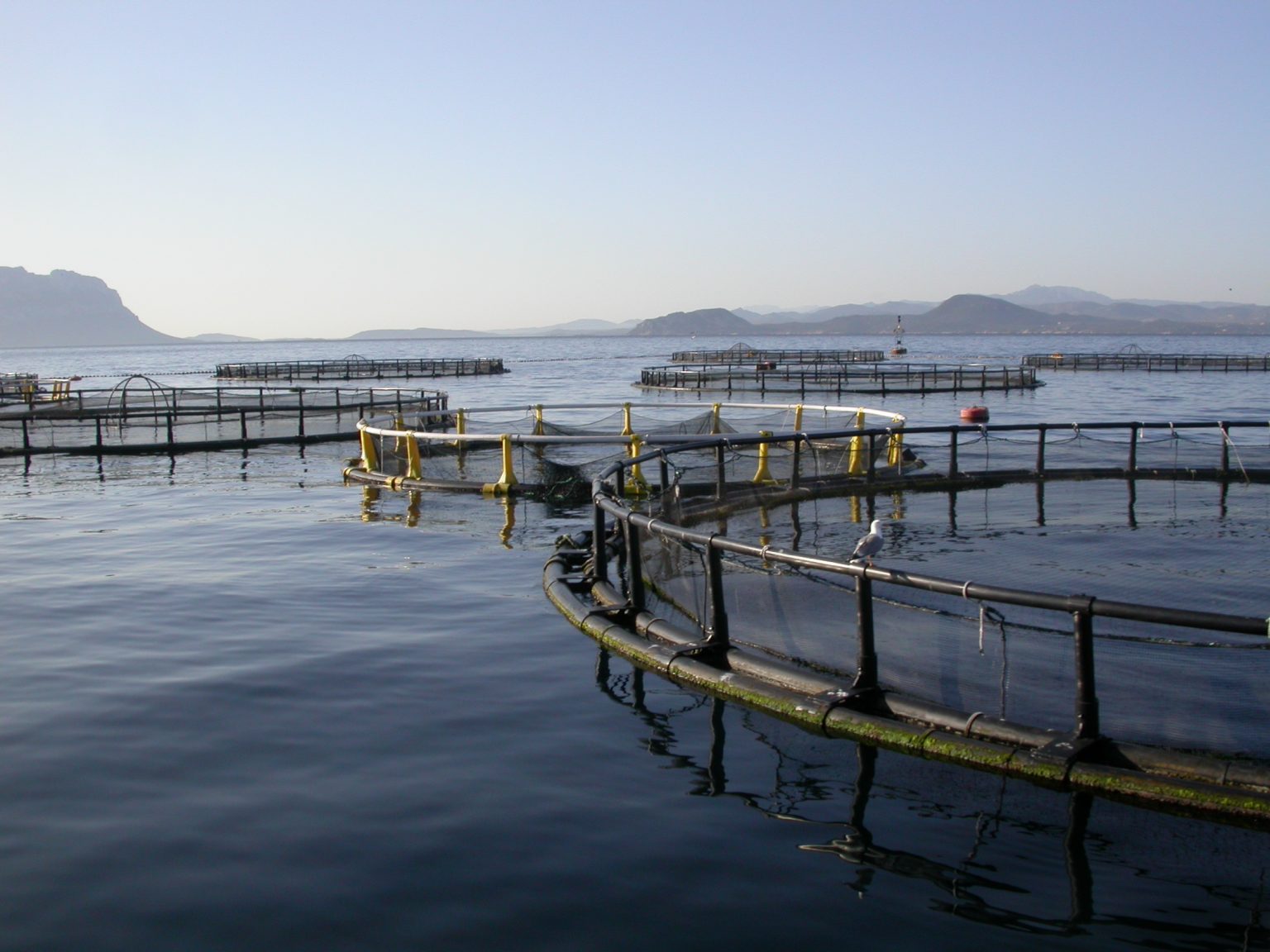The Kingdom of Saudi Arabia said that it aims to reach self-sufficiency in fisheries within five years. The kingdom’s fish exports declined to one billion riyals ($270 million) during 2021.
Saudi newspaper Al-Madina quoted Ali Al-Shehi, CEO of the National Program for the Development of the Fisheries Sector, as saying: “Fish imports have decreased by 40% during the current year, compared to 2019.”
Al-Shehi added, “The program is currently working on establishing a fish hatchery that covers 50% of the local market’s needs.”
“The fisheries industry is witnessing rapid developments, as major companies have recently entered to invest in this sector,” he said.
He stated that Saudi fisheries products reached more than 35 countries, the most recent of which were Russia and Singapore.
In a related context, Al-Shihi confirmed that the volume of production of fish farming projects in the inland waters reached about 19,000 tons during the first half of 2021.
The Saudi official revealed a number of organizational, operational and strategic challenges, including the low demand for locally farmed products, the low percentage of local consumption of fish products, in addition to the low efficiency of feed.
He explained that these challenges cause an increase in operational costs, which constitute 60% of the cost of production and are three times higher than international best practices in this field.
Saudi Vision 2030
Saudi Vision 2030 begins with society, and ends with it, and focuses on 3 axes, and the first axis is considered a basis for achieving the vision and establishing a solid base for economic prosperity.
This axis stems from the belief in the importance of building a vibrant society, whose members live in accordance with Islamic principles and the approach of moderation, proud of their national identity and proud of their ancient cultural heritage, in a positive and attractive environment.
In the second axis, the booming economy, we focus on providing opportunities for all, by building an educational system linked to the needs of the labor market, and developing opportunities for all, from entrepreneurs and small enterprises to large companies.
The third axis of the vision also sheds light on the public sector, which constitutes the features of effective government by enhancing efficiency, transparency and accountability and encouraging a performance culture to empower resources and human energy.























































